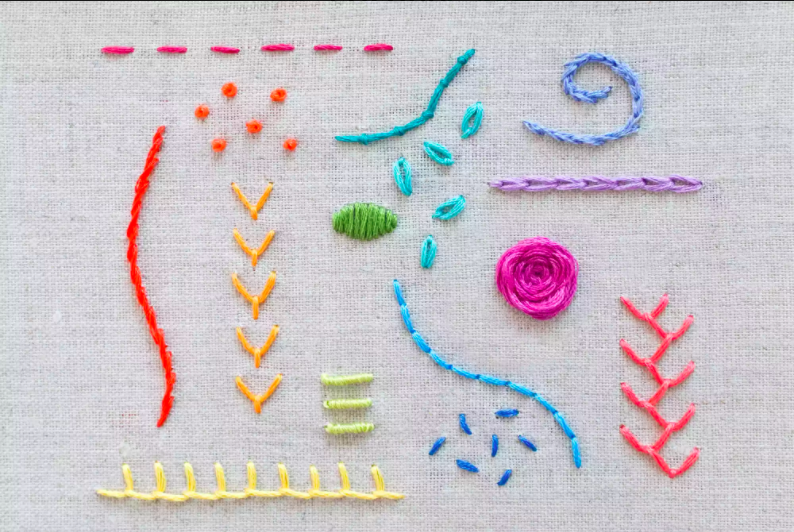Horseback riding has always been part of the development of communities. It has evolved from the basic means of transportation to sports. Even then, the domestication of horses needed tools to make them functional and manageable. These tools include everything they need when tacked up. There are various components in tacking up a horse, and one of those things is horse bits. Before we further discuss the types of horse bits that you may consider purchasing, it would help you better understand the need to choose the proper horse bit if you know what makes up the tack. All the equipment and accessories used on horses when used as domesticated animals are the components of a tack. Some of these accessories include bridles, saddles, stirrups, halters, harnesses, reins, bits, martingales, and breastplates.
What is a horse bit?
The horse bit refers to all components intended to control the horses’ mouth. This pertains to cheek pads, rings, shanks, and mullen. Since the mullen is the piece that is placed inside the horse’s mouth, it is often referred to as the horse bit even if it’s just a component of it. The ‘horse bit’ extends across the mouth, providing the rider control of the horse’s head by applying pressure to the horse’s mouth.
What are the common types of bits?

The design variation of horse bits seems endless. However, there is a basic classification of bits based on whether they use leverage or not. They include the following:
- Bit without leverage: Snaffle bit. This kind uses bit rings. These are placed at the bit mouthpiece. With rings at the mouthpiece instead of shanks, the rider can apply direct pressure on the tongue, bars, and corner of the horse’s mouth. This direct pressure is rough and sharp that a heavy hand on the reins will make it harsher. When you choose a snaffle bit, the design is an important consideration. Its design is the simplest and quite popular with English and Western riding. Some of the popular designs are the O-ring and the egg butt bits.
- Bit with leverage: Curb bit. This kind of bit uses leverage. It has a type of lever called a shank. The long shank that extends from the ends of the bit’s main body, puts pressure on the mouth, poll, and chin groove, thus making it the stronger bit. Longer shanks mean a more severe bit, however, loosening the curb strap can adjust the severity. There are two reins attached to bits on English bridles. An example of this is the Pelham bit, a combination of snaffle and curb bit that partly combines pressure from both bits. Another example is the double bridle that uses the snaffle and curb bits together in applying pressure.
The demand for variety in horse bits is also an indicator of the differences of need for different horses. There are horses that are sensitive that they need gentle bits and gentle handling. There are those that need severe bits. Some are chosen out of popularity and trend. When choosing your horse bit, make sure it is functional and it fits your horse and your needs as a rider.




